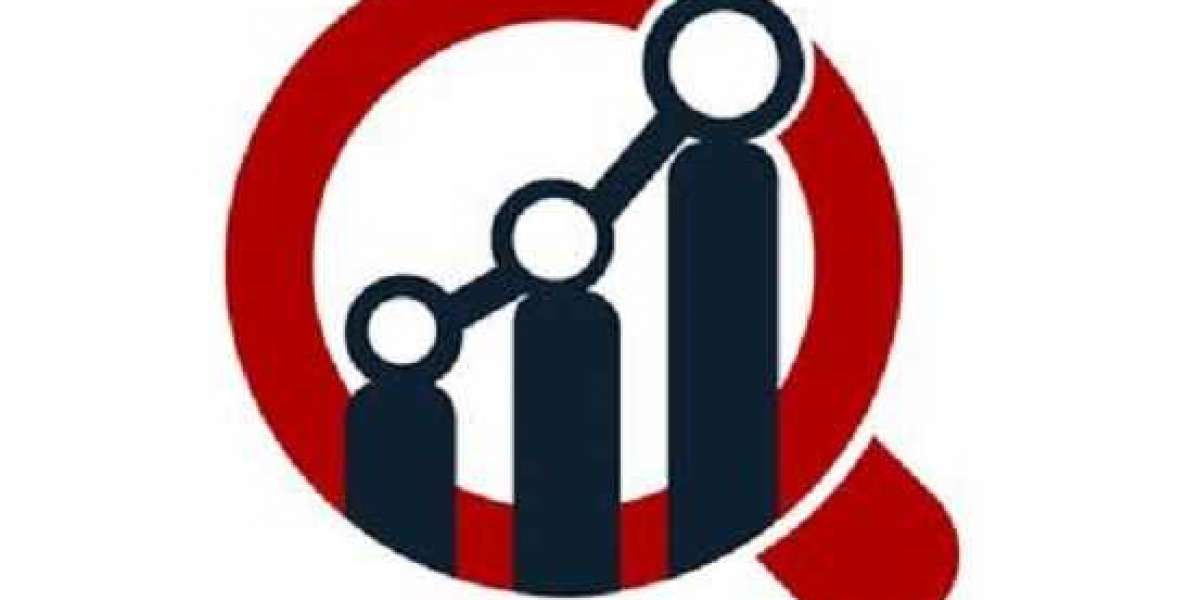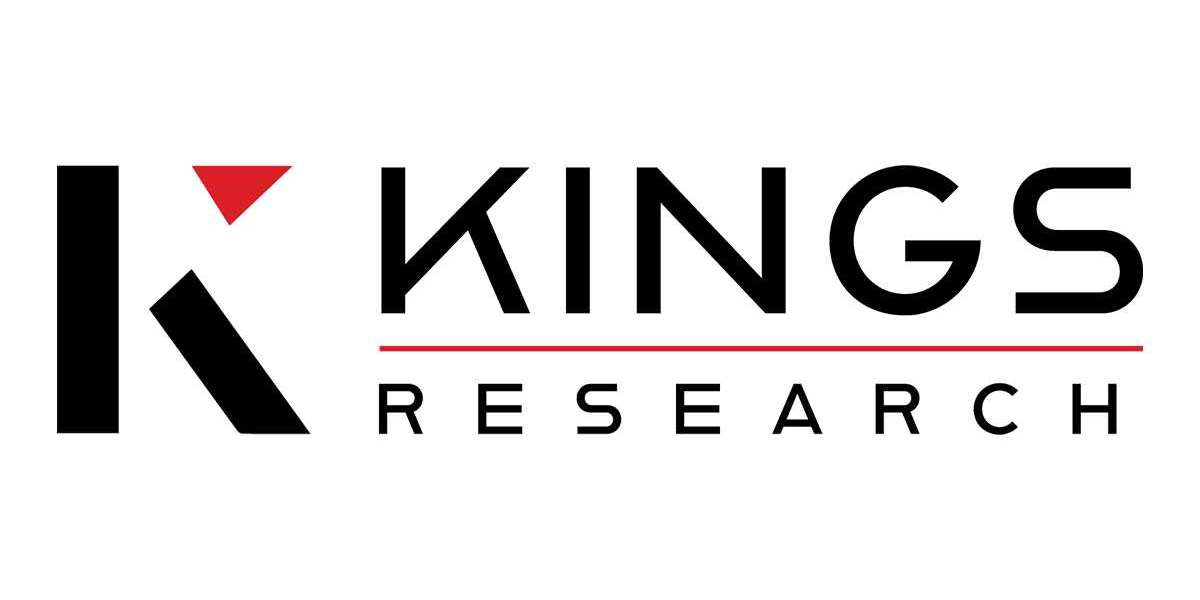Sleep Tech 2025: How AI-Driven Actigraphy is Disrupting Sleep Monitoring
In 2025, the world of sleep technology is undergoing a quiet revolution—powered not just by cutting-edge sensors, but by the transformative force of artificial intelligence. Among the innovations leading the charge is AI-driven actigraphy, a game-changer that’s rapidly redefining how we monitor and understand sleep.
Once considered a niche tool for researchers and sleep clinics, actigraphy—the continuous monitoring of human rest/activity cycles through wearable motion sensors—has gone mainstream. Now paired with powerful AI algorithms, these devices are becoming essential tools for everyday users, clinicians, and researchers alike.
What Is Actigraphy, and Why Does It Matter?
Actigraphy involves tracking movement, typically through a small device worn on the wrist, to estimate sleep patterns. While not as comprehensive as full-scale polysomnography (PSG), actigraphy offers a non-invasive, cost-effective way to measure sleep over long periods in natural environments.
It’s widely used in diagnosing circadian rhythm disorders, evaluating insomnia, monitoring treatment outcomes, and even in behavioral research. But what’s making actigraphy truly disruptive in 2025 is the integration of AI—bringing new depth, accuracy, and personalization to sleep insights.
AI Is Making Actigraphy Smarter—and More Personal
Traditional actigraphy had its limits. It could tell when you were still or moving, but it often misinterpreted periods of low activity as sleep—even if you were lying in bed wide awake. Enter AI.
With advancements in machine learning, modern actigraphy devices now use pattern recognition, biometric fusion, and contextual learning to differentiate between types of rest and activity more accurately. They integrate other signals—like heart rate variability (HRV), skin temperature, and environmental data (light, noise)—to create a multi-dimensional model of your sleep behavior.
For example:
AI can detect micro-movements that suggest restlessness or REM sleep.
It can adapt its algorithm based on individual baselines, learning from each user over time.
It can integrate daytime activity and stress levels to understand how lifestyle impacts sleep.
This kind of insight was once only possible in a lab. Now, it’s available on your wrist.
Bridging the Gap Between Actigraphy and PSG
Polysomnography (PSG) is the gold standard for diagnosing sleep disorders, but it’s expensive, inconvenient, and usually requires an overnight stay in a lab. In 2025, however, AI-enhanced actigraphy is starting to close the gap.
While PSG still provides detailed data on brain waves, oxygen levels, breathing, and eye movements, AI-powered wearables are increasingly capable of approximating many of these indicators indirectly. Some devices now offer:
Predictive modeling of sleep stages
Alerts for potential sleep apnea episodes
Sleep quality scores based on personalized metrics
This democratization of sleep monitoring is allowing early detection of disorders, remote patient monitoring, and continuous health optimization—outside the clinic, 24/7.
Real-World Applications in 2025
The impact of AI-driven actigraphy goes far beyond just tracking how long you sleep. In 2025, it’s being used in a growing number of domains:
Corporate Wellness Programs: Companies now integrate sleep data into employee wellness platforms to reduce burnout and improve productivity.
Athletic Performance: Pro sports teams monitor sleep cycles to optimize recovery and reduce injury risk.
Mental Health Management: Actigraphy is being used alongside digital CBT tools for insomnia and depression.
Senior Care: Passive, non-intrusive monitoring is improving quality of life in elder care by identifying irregular sleep patterns early.
Privacy, Ethics, and the Future of Sleep Data
As with any wearable tech, privacy and data security remain top concerns. AI models require large datasets to be accurate—and that often means sharing sensitive biometric information. In 2025, regulatory frameworks are beginning to catch up, requiring transparent data use policies, opt-in consent models, and local data storage options.
Ethically, there’s also debate around how this data is used. Can insurance companies access it? Can employers make decisions based on it? As the line between health tracking and health surveillance blurs, companies will need to tread carefully.
What’s Next?
Looking ahead, the future of AI in sleep monitoring is even more exciting:
Predictive sleep coaching based on daily habits and biometrics
Integrations with smart home ecosystems that adjust lighting, temperature, and noise based on your sleep phase
Non-contact actigraphy using radar and thermal imaging
Mental health AI assistants that use sleep data to guide therapy
Ultimately, the goal isn’t just to monitor sleep—it’s to understand and improve it. And with AI-driven actigraphy leading the way, we’re getting closer to a world where personalized sleep optimization is the norm, not a luxury.







